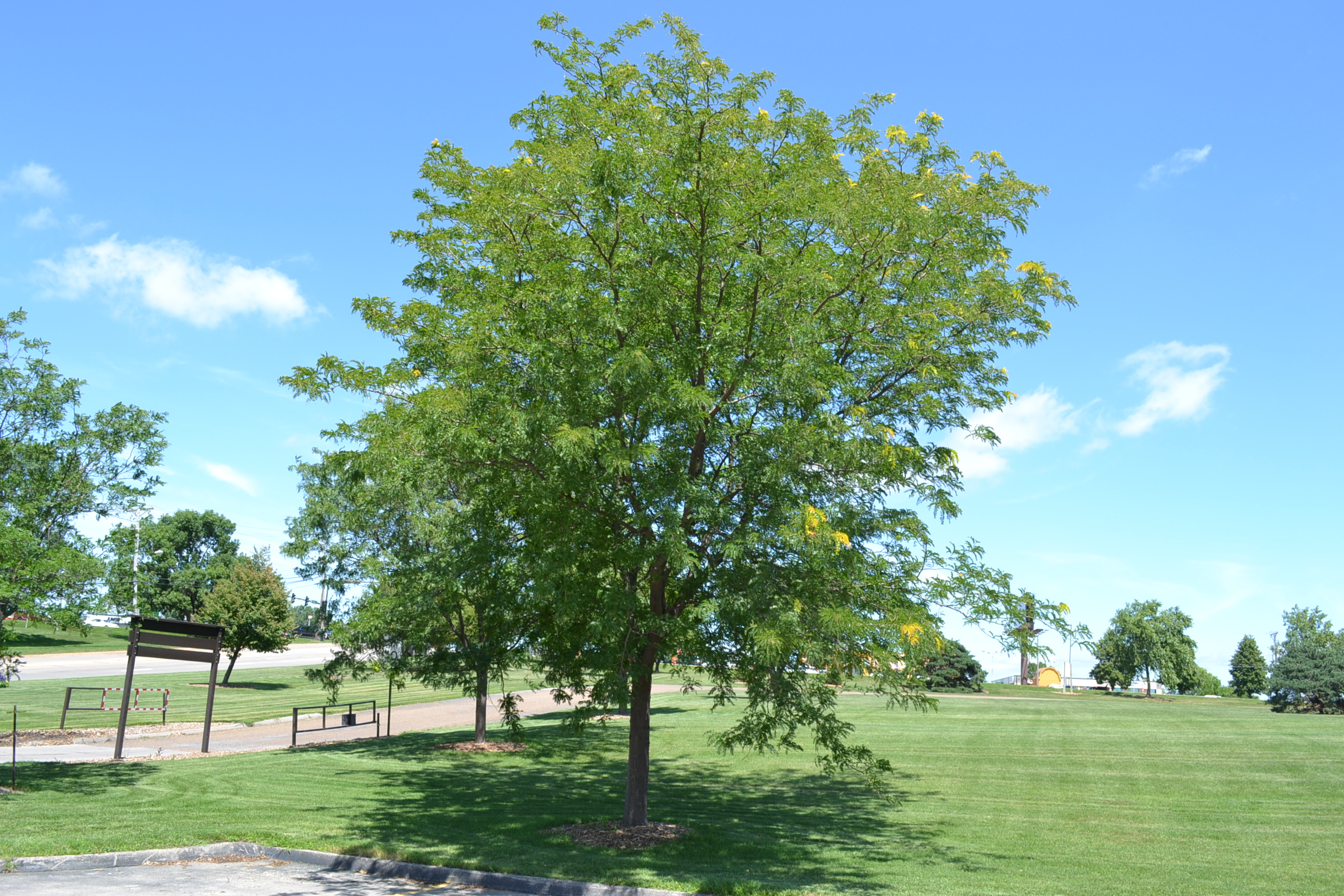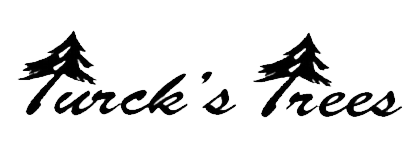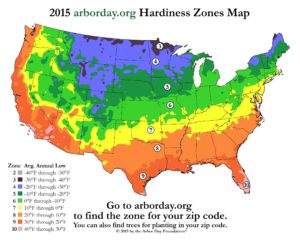Honeylocust
Honeylocust (thornless) trees are a fast growing tree with an open and spreading crown. Even with their rapid growth rate they live up to an average age of 100 years. Fine textured green foliage offers filtered shade and turns golden yellow in fall. Mostly used as an under-stock for newer varieties.
Its cultivars are popular ornamental plants, especially in the northern plains of North America where few other trees can survive and prosper. It tolerates urban conditions, compacted soil, road salt, alkaline soil, heat, and drought. The popularity of this tree is in part due to the fact that it transplants so easily. The fast growth rate and tolerance of poor site conditions make it valued in areas where shade is wanted quickly, such as new parks or housing developments, and in disturbed and reclaimed environments, such as mine tailings. It is very resistant to gypsy moths but is defoliated by another pest, the mimosa webworm. Spider mites, cankers, and galls are a problem with some trees.
The shade it produces is not too dense and it creates shade that many other plants, including grass, will grow beneath, making it a good choice for a smaller garden. It grows about 3 feet a year so it will quickly mature and become a beautiful feature of your garden. Call and ask us about the Honeylocust today.

Botanical name: Gleditsia triacanthos
All Common Names: Sweet Bean, Sweet Locust and Honeyshuck, Thorny Locust, Thorny Honeylocust
Family (English): Legume or Pea
Family (Botanic): Fabaceae
Foliage: Deciduous (seasonally loses leaves)
Height: 40′ – 60′
Spread: 40′ – 60′
Shape: Broadly rounded
Exposure: Full Sun
Foliage: Green
Fall Foliage: Greenish Yellow
Zone: 4-8



